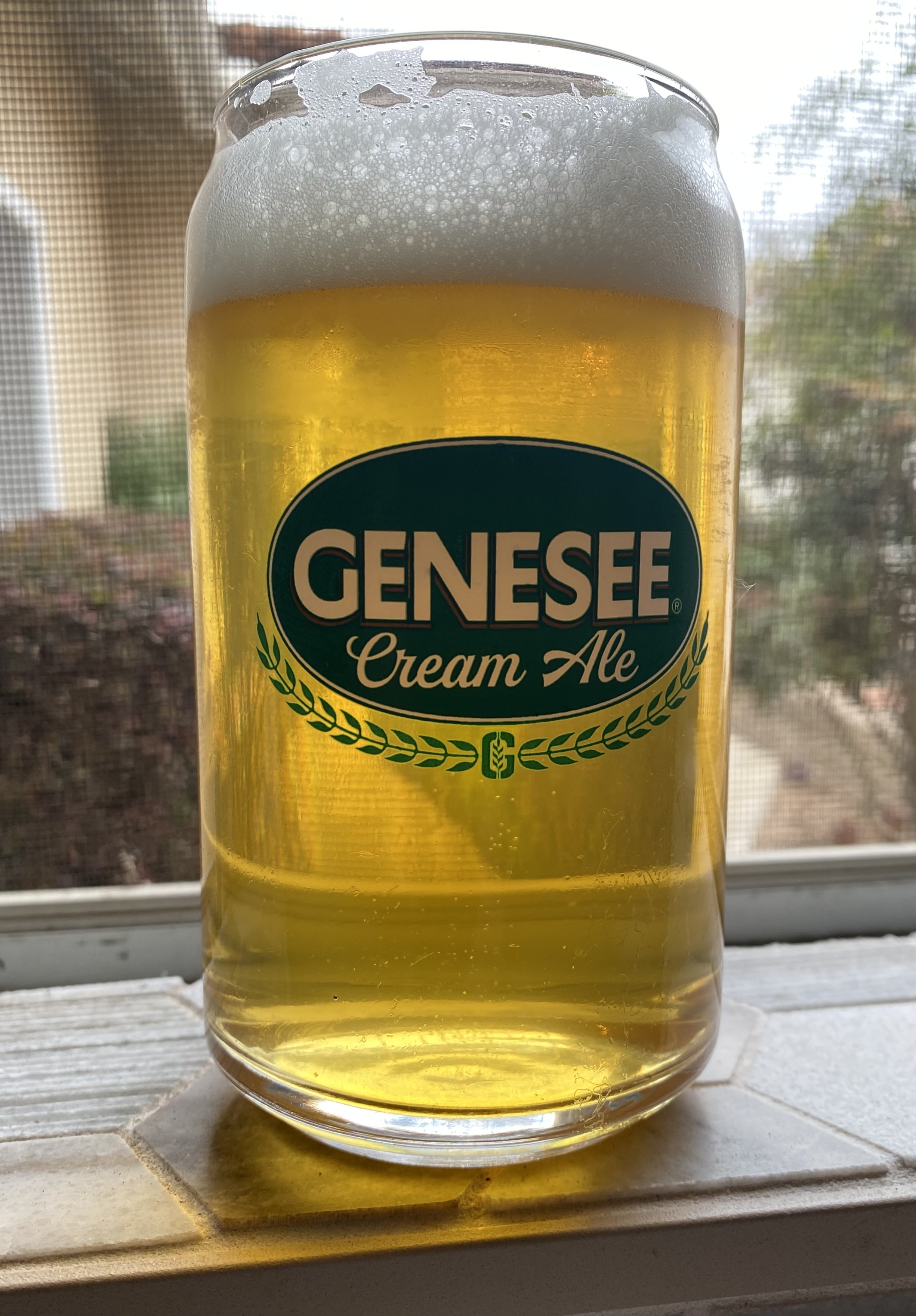Still pouring 80% foam, so I pour a full glass, “drink” a little foam and let the rest settle a bit, then pour again,Reviving this. Using this floating dip tube for the first time and getting 75% foam, 25% beer (wcipa), from the faucet. First tested it in water and it seemed to stay below the waterline, but it seems to be pulling CO2 with the beer causing lots of foam. Beer line length is correct. Regulator set to 12psi. Other beers in the keezer are pouring fine. I've swapped QD's just to rule them out. Also pulled and cleaned the faucet since I did have a small hop particle in my first pour and I wanted to rule out anything in the faucet obstructing the beer. Faucet looked fine though. Tough to drink a beer when it takes 10 minutes or more to get a full pour.
Any recommendations short of opening the keg and adding weight to the FDT line? Obviously not ideal with a heavily hopped ipa.





